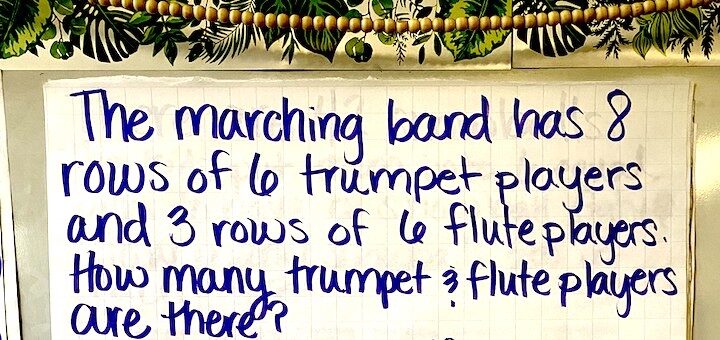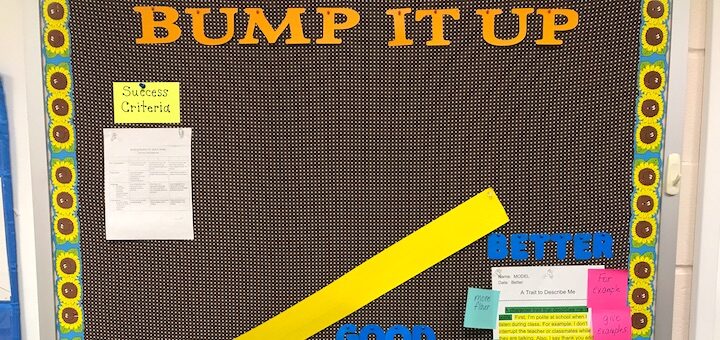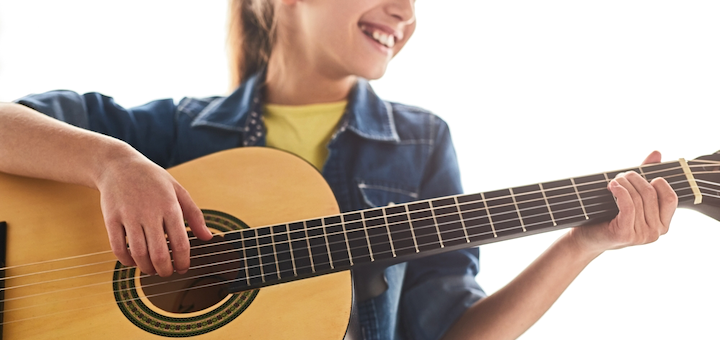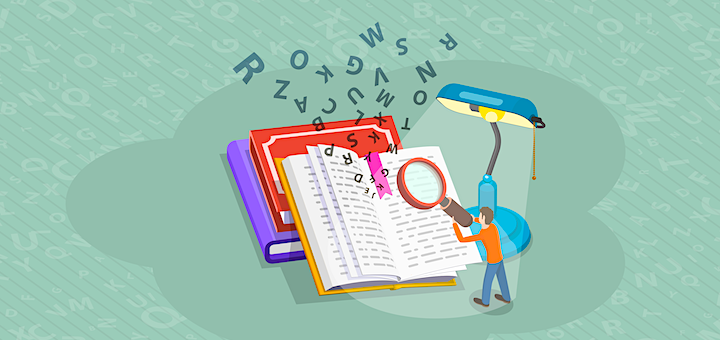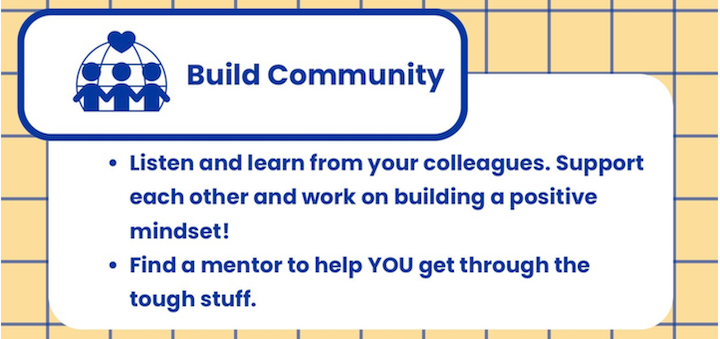5 Ideas to Add Comfort and Joy to Math Class
Middle grades math teacher Mona Iehl applies five of author Gholdy Muhammad’s strategies to unearth joy as her students experience the December classroom scramble. Mona suggests activities to help realize each strategy with your students. Try musical math and much more!

